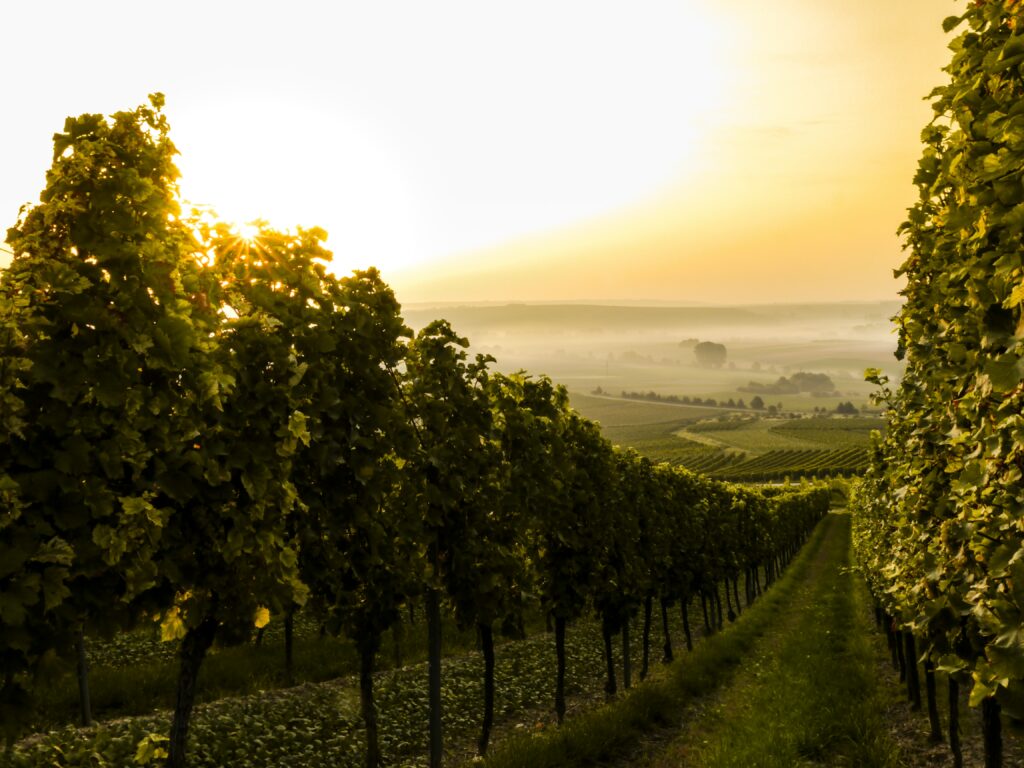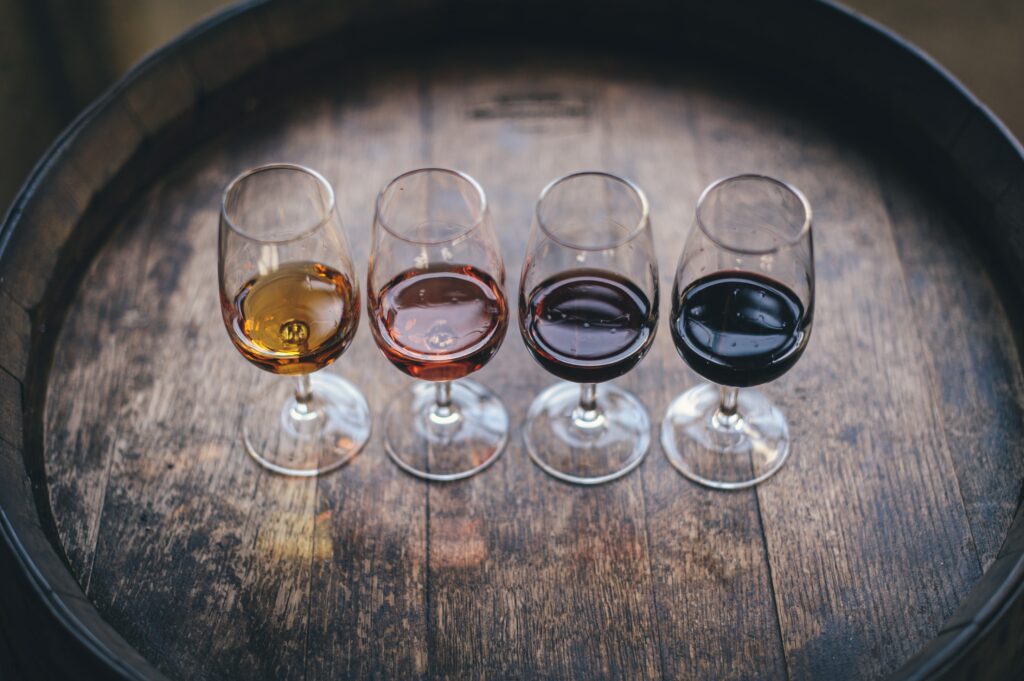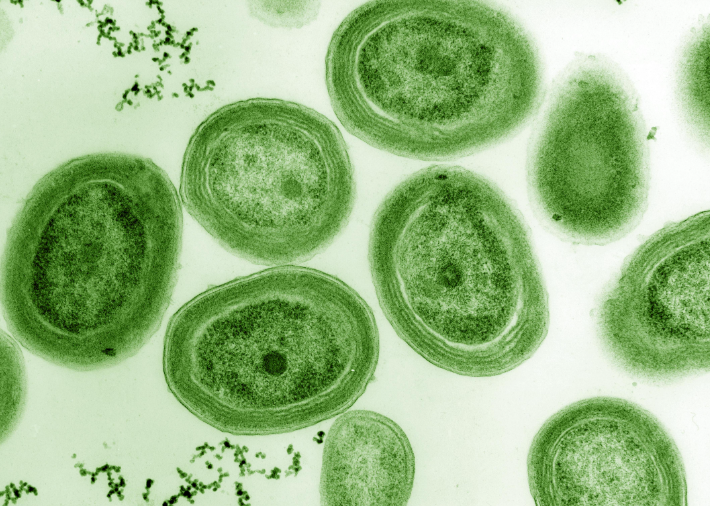How does the environment of a crop determine the smell and taste of a food?

Consumers are increasingly interested in knowing where the products they eat are produced, not only where, but also who makes them and how, people value differences in aromas, flavors. The definition of terroir is somewhat fluid, wine enthusiasts use the French term to describe the environmental conditions in which a grape is grown that give the wine its unique flavor. Soil, climate, and even the orientation of a hillside or the company of neighboring plants, insects, and microbes all play a role, with some experts expanding terroir to include specific cultural practices for growing and processing grapes that could also influence flavor.
The notion of terroir is quite old, in the Middle Ages, Cistercian and Benedictine monks from Burgundy, France, divided the countryside into climates, based on subtle differences in the landscape that seemed to translate into unique characteristics of the wine. Some scientists and wine experts are skeptical that place leaves a lasting imprint on flavor, but a recent wave of scientific research suggests that environment and production practices may, in fact, impart a chemical or microbial signature so distinctive that scientists can use the signature to trace foods back to their origin. In some cases, these techniques are beginning to offer clues as to how terroir can shape the aroma and flavor of food and drink.

Ecologists study the trace elements that plants passively take up, those elements are a direct reflection of the soil. Trace elements do not break down and therefore become characteristic of a soil type and persist over time. Similar elemental analyzes have been used by other researchers to find chemical signatures of place in products ranging from wines produced in different growing regions in Portugal to peanuts grown in different provinces in China, the technique is valuable for validating origin when the terroir is part of the charm of a product
Other researchers are discovering that terroir leaves an imprint on the molecules that shape the aroma of food. Plants produce compounds known as aroma glycosides, which contain a sugar component bound to a volatile aroma compound. When intact, the aroma glycosides are odorless, but breaking the sugar-volatile bond, through high temperatures, low pH, or yeast enzymes, releases the volatile and its aroma. The aroma of a well-aged bottle of wine is made up, in part, of volatile aromas in the grapes that are released by yeast enzymes over time.





Responses